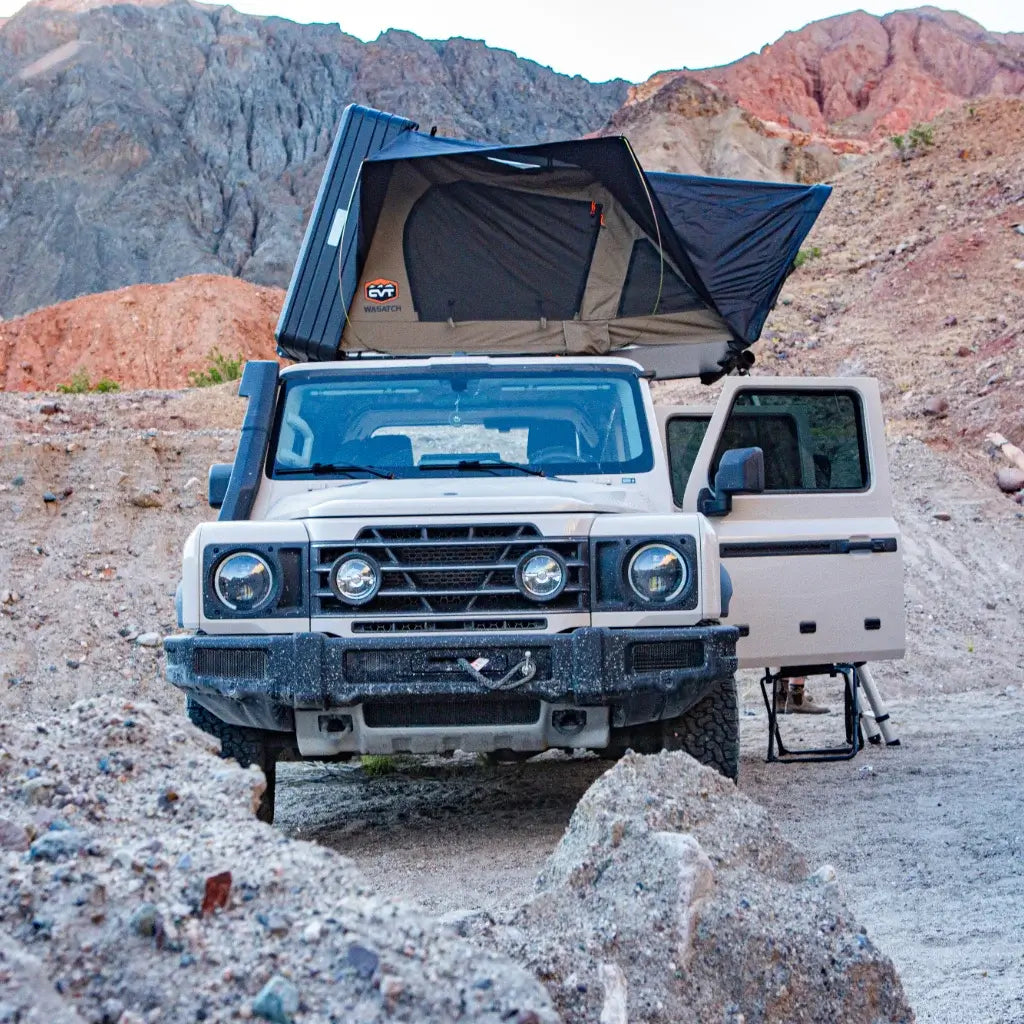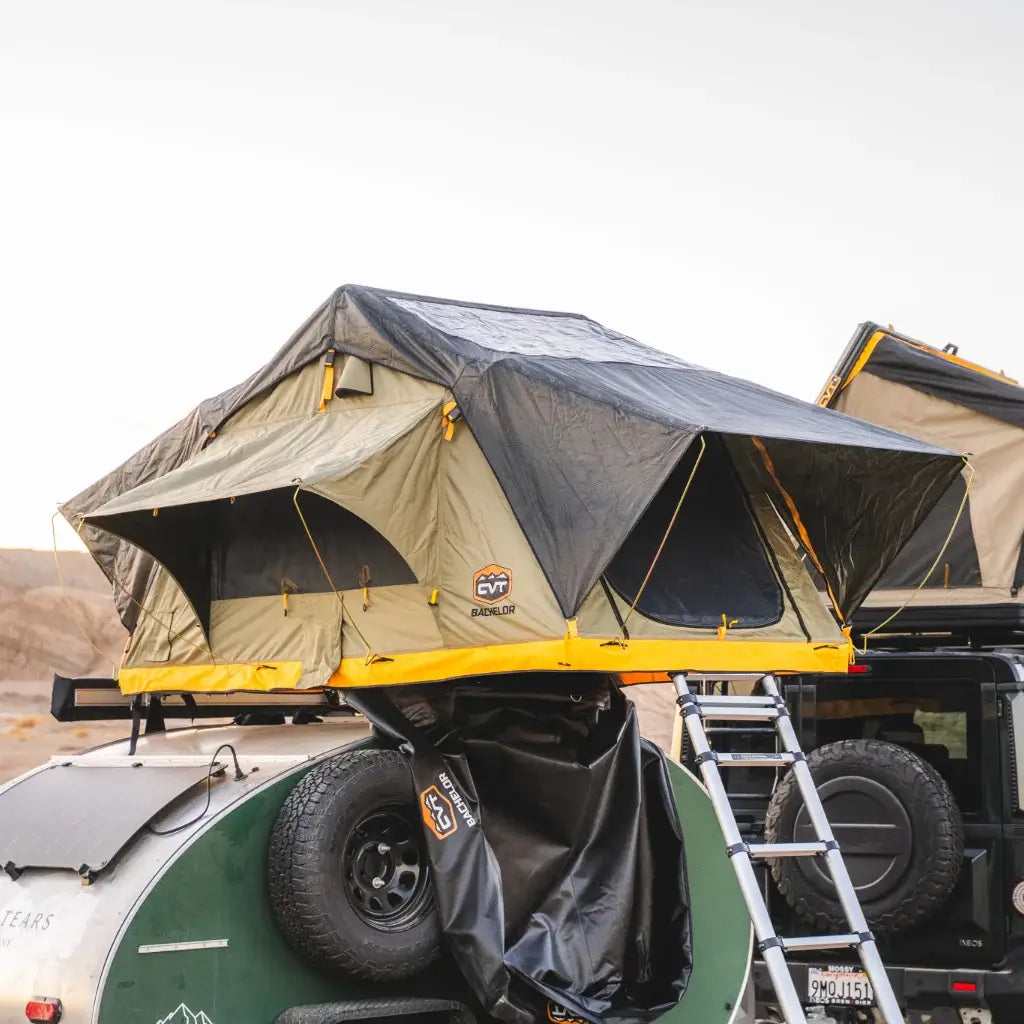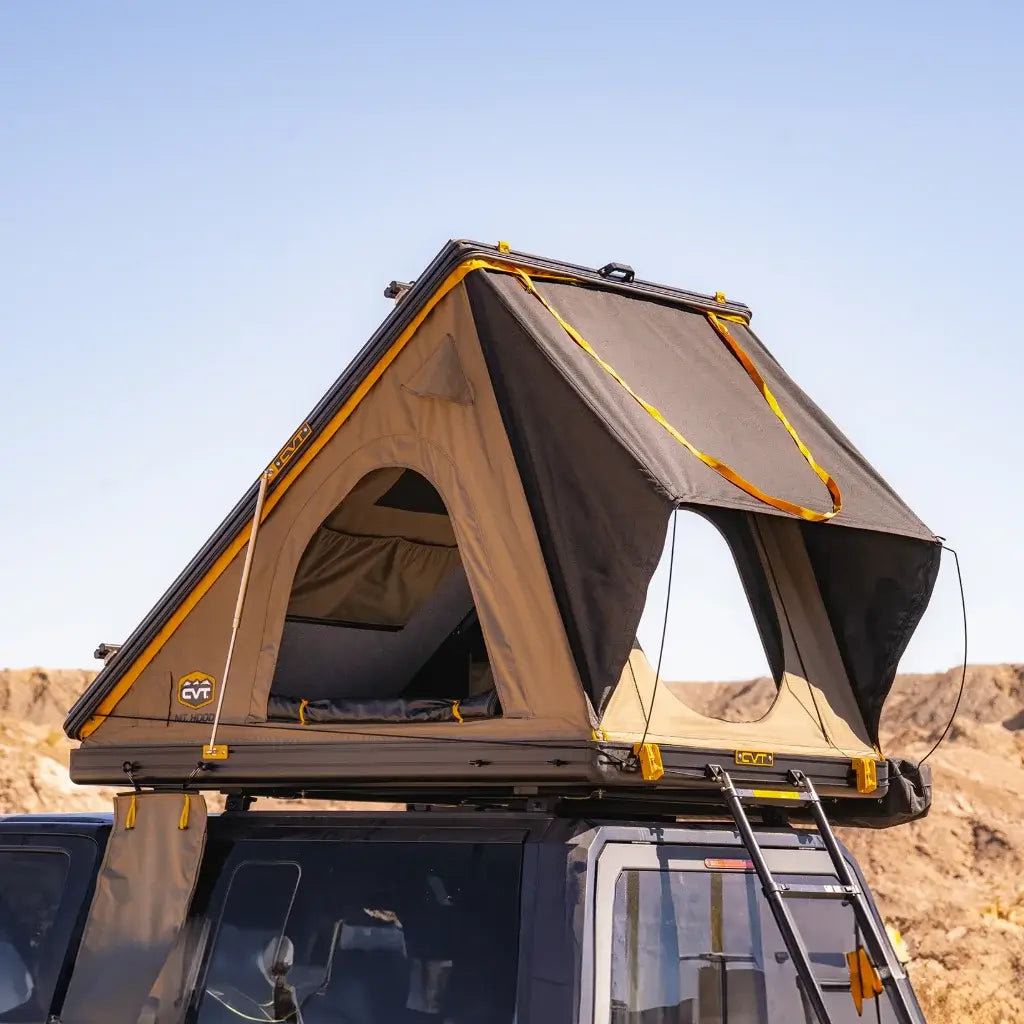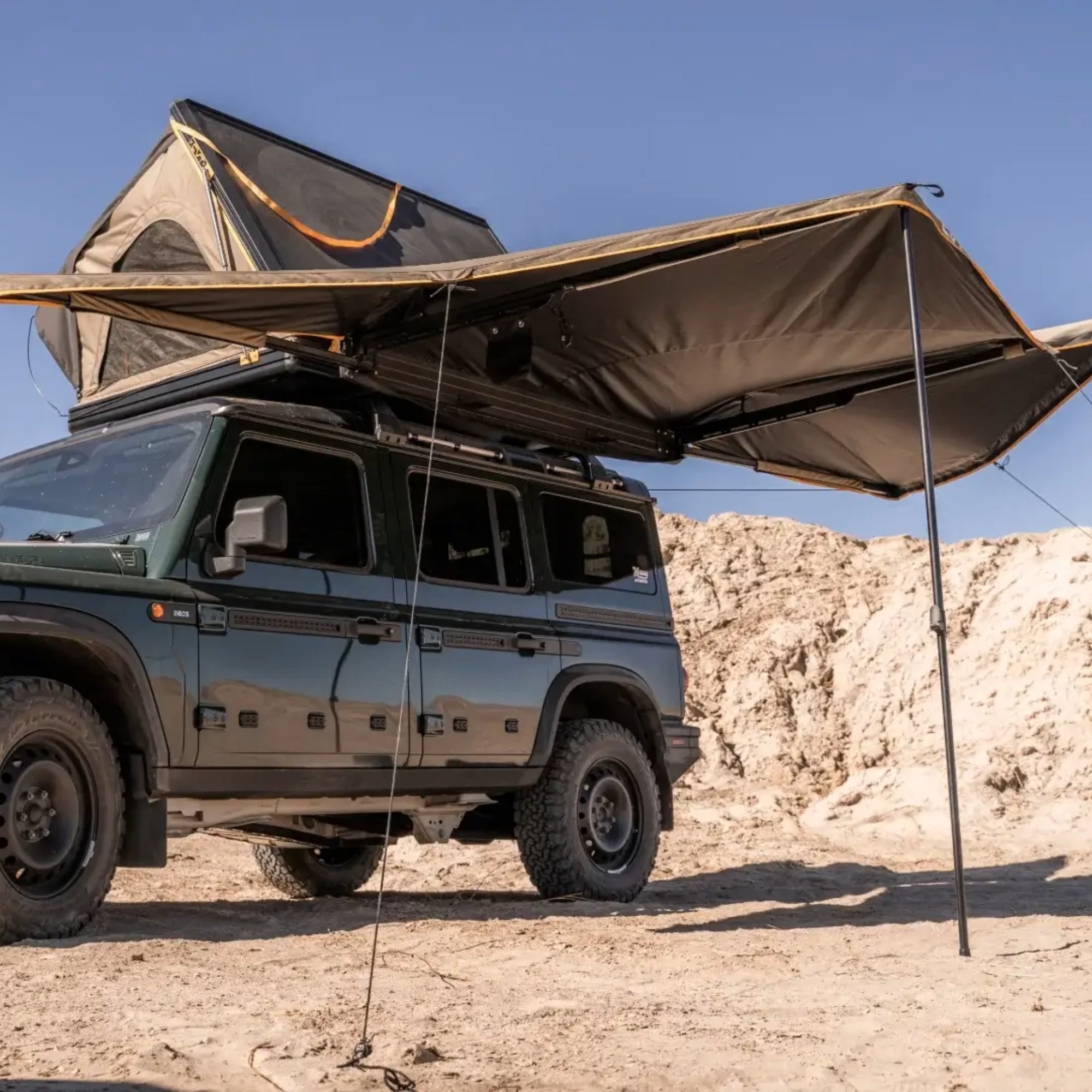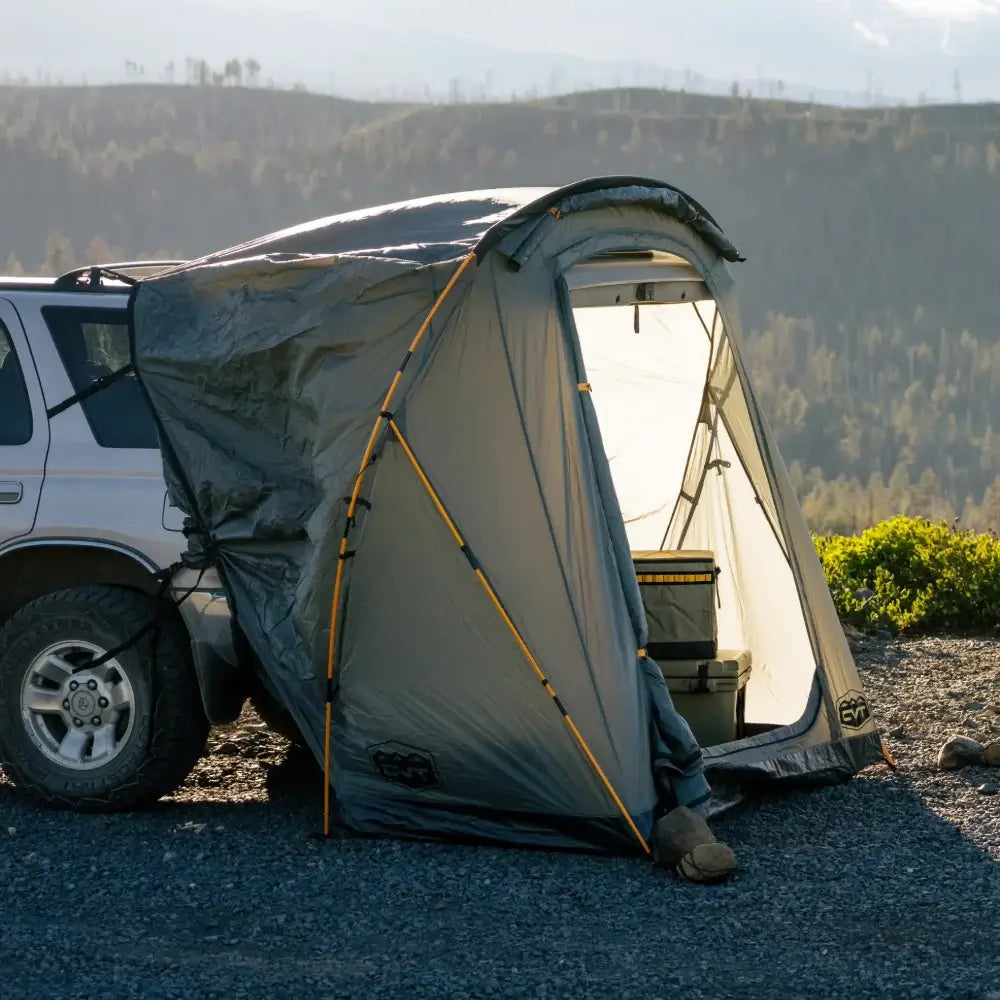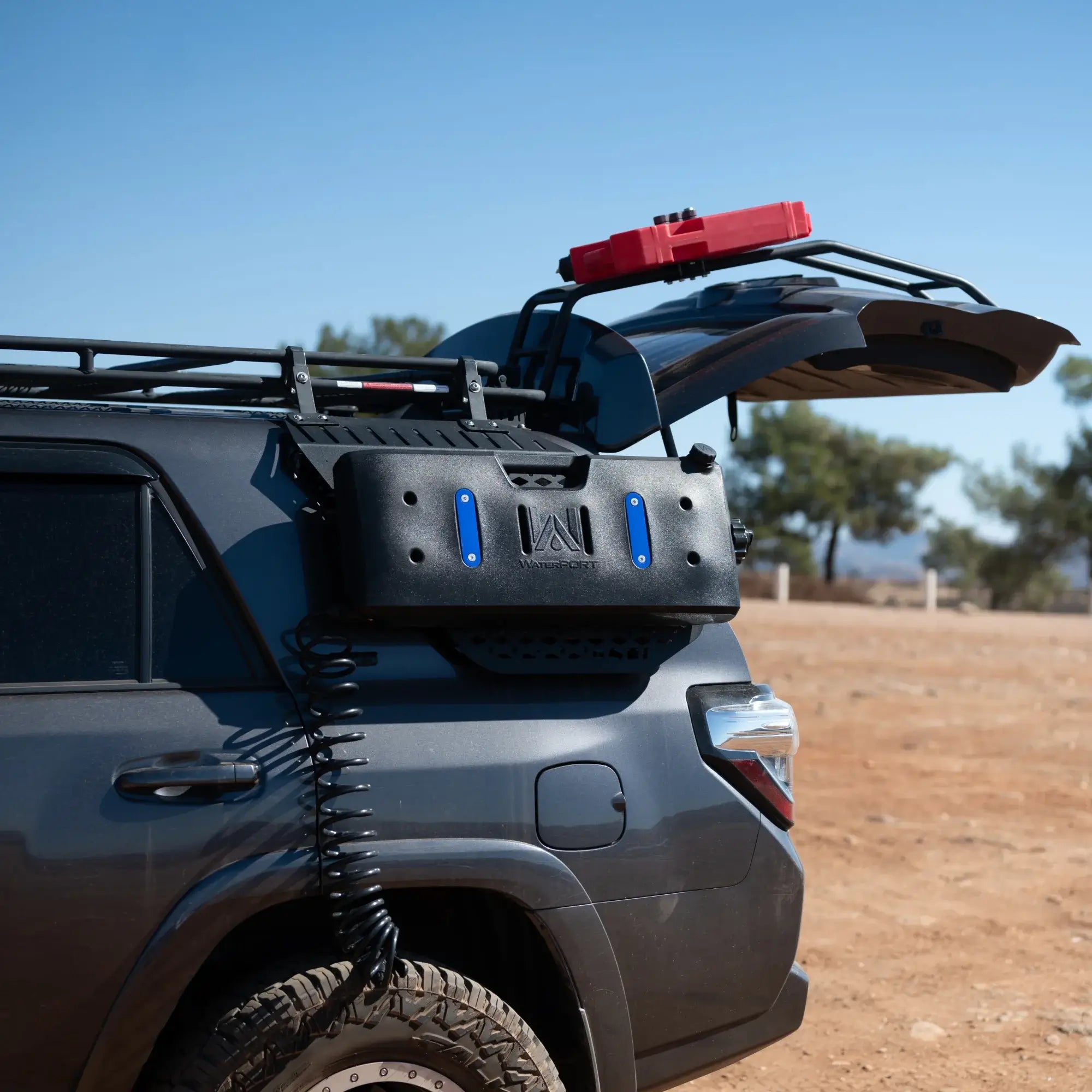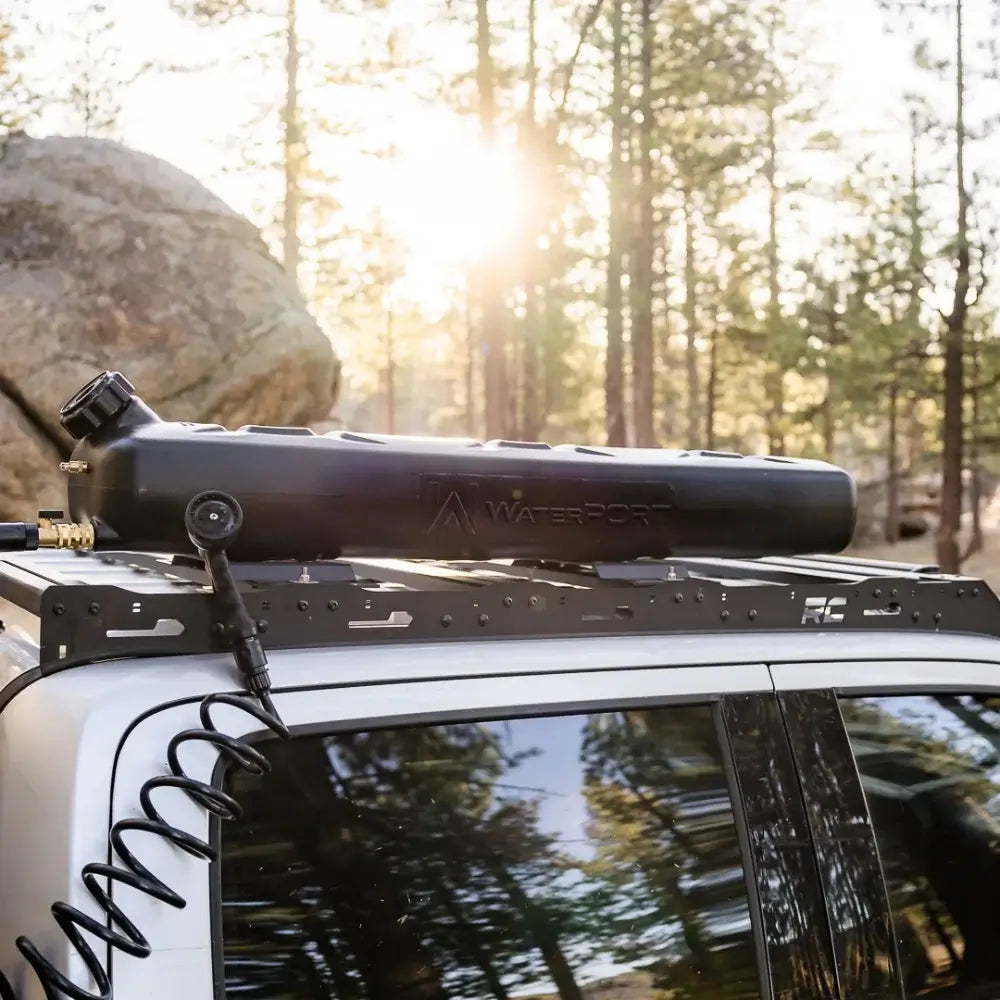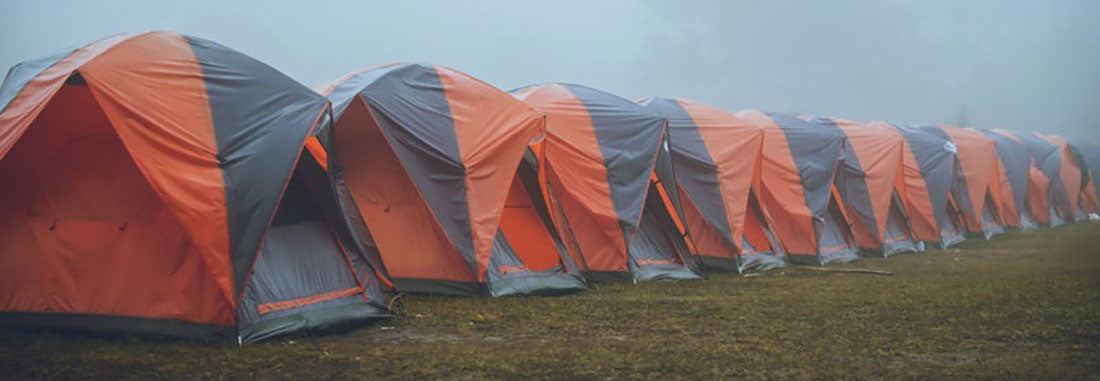
Have you ever planned a nature getaway, and as the date approached, the weather forecast changed from “sunny” to “rainy”? As disappointing as it seems at first sight, precipitation shouldn’t be a reason to cancel the trip you’ve been waiting for. After all, popper gear, planning, and mindset can make camping in the rain a really pleasant experience.
In this guide, we’ll talk about how to camp in the rain without getting soaked and mention tips that will help you enjoy every part of the trip.
Top Tips for Camping in the Rain
Below, you’ll find practical advice on camping when the weather conditions aren’t the most favorable.
1. Preparing for Your Trip

No matter if you’re heading for a short or long outdoor adventure, it’s critical to take preparation seriously. One of the most important parts of getting ready for camping when it's raining is, of course, packing.
Here are some items you should bring with you in addition to your regular camping gear:
- Tarp
- Groundsheet
- Blankets
- Dry bags
- Rain ponchos
- Awning
- Waterproof covers for electric appliances
- Ropes and cords
- Waterproof clothing and footwear
- Plastic bags
- Ziplock bags
- Packed food
- Waterproof matches and lighter
- Backpack rain cover
- Thermos
- Items for entertainment (cards, books, etc.)
The gear mentioned above will help you create a dry space protected from humidity and allow you to enjoy the sound of the rain in comfortable conditions.
Remember to pack your gear into waterproof backpacks or dry bags and ensure that the essential items like your food, sleeping bag, clothes, and electronics stay completely dry at all times.
2. Setting Up Your Camp

Nothing works better for rainy weather than a rooftop tent. Elevated from the ground and waterproof, such tents will provide you with a hassle-free camping experience no matter the humidity level. You won’t have to worry too much about picking the perfect spot to pitch your tent - simply èark your vehicle in a place protected from strong winds, and you’re all set.
However, if you opt for pitching your tent on the ground, make sure you do it right:
- Pick the perfect spot. Don’t place your tent at the bottom of a hill or near a body of water. It’s best to camp out on a higher ground, near a gentle slope where the water is running off. Also, look for natural shelter (such as trees and rock formations) that can offer you some protection from the rain.
- Set up the tarp. Once you’ve selected the perfect spot, it’s best to attach the tarp first so that you can pitch the tent in dryer conditions.
- Place the groundsheet. This will act as a defense shield between you and the moist ground while insulating your tent.
- Pitch the tent. When setting up your tent, focus on keeping the inside of it dry. Place it facing away from the prevailing wind direction, and remember to zip up the entrance.
When you’re all done with the tarp and tent, you can bring in your gear without risking it getting wet.
3. Having Fun During Your Trip

Of course, you didn’t come all this way to just stay in your tent all the time. While curling up in your sleeping bag with a book is great, there’s so much more to camping in the rain.
One great idea is to set up an “outdoor living room” by using tarps and groundsheets the same way you did for the tent. It’s best to set it up in a place protected from the wind and rain with big rocks from several sides, if possible.
In this type of shelter, you’ll have more space to enjoy conversations with your camping buddies, delicious snacks, warm drinks from the thermos, and even some games. Sounds fun, doesn’t it?
What to Do If You Get Soaked?
Even with the most thorough preparation, there’s no 100% guarantee that you won’t get wet. While this wouldn’t be a problem on a warm, sunny day, it can be a challenge when it’s raining.
First, change into spare clothes and hang the wet ones to dry under the tarp. While they won’t dry fast, at least they won’t start smelling as they would if you piled them up, blocking the air circulation.
Additional Items You Can Bring on Your Trip

Now that you know what essentials to bring with you when camping in humid weather and how to make sure you are well-prepared for humid weather, let’s take a look at some extras you could consider packing.
These items will make your trip go even smoother:
- Gaiters to protect your legs without having the need to bring waterproof pants.
- Hand warmers that you can use not only for their primary purpose but also to dry and warm up your shoes while you’re sleeping.
- Bivy bag to keep you warm if the nights get cold.
- Sleeping pad for a warmer and more comfortable rest at night.
- Waterproof gazebo to create an unforgettable glamping experience.
Try the tips for camping in the rain mentioned above for a perfect outdoor experience in spite of the cloudy weather.

